Weekend and Day Trips
After several long weeks of tedious work, a quick getaway sometimes becomes necessary to leave your everyday responsibilities behind and enjoy days off with your family or friends. Often, just a few days of vacation or, in some cases, just a single day is enough to forget about your daily stress and allow your soul to flow by escaping from your usual surroundings. However, picking which destination to visit can be difficult when you only have a single day or a weekend to spare. But we’re always here to help you zero in on the perfect destination for your next weekend or day trip.
Through this series of articles, I intend to share our stories and experiences of our weekend and day trips with our fellow photography and travel enthusiasts. I hope they help you plan your well-deserved travel breaks!
Tucked along Morocco’s Atlantic coast, Asilah is a town where history, art, and the sea meet in poetic harmony. Its whitewashed walls, accented by bright blue doors and colorful murals, make it one of the most photogenic towns in the country. Originally settled by the Phoenicians as early as 1500 BCE, Asilah has seen a parade of rulers - Romans, Idrisids, Portuguese, and Spaniards - each leaving behind a unique architectural and cultural footprint. The Portuguese built the city’s ramparts in the 15th century, parts of which still encircle the medina today. In the 20th century, Moroccan authorities restored the medina, making it one of the cleanest and best-preserved in the country.
Nestled between the Rif Mountains and the Mediterranean coast, the UNESCO World Heritage town of Tetouan carries an identity shaped by its location, history, and cultural soul. Known as La Blanca or The White Dove, the city gleams with whitewashed buildings that reflect purity, elegance, and a deep connection to its Andalusian past. Tetouan flourished in the fifteenth and sixteenth centuries when Muslim and Jewish refugees crossed from Spain, bringing with them a legacy of art, architecture, language, and craftsmanship that continues to define the city’s atmosphere. Their influence is visible in the medina’s delicate wooden balconies, tiled courtyards, and intricate carvings that mirror the traditions of Andalusia.
Tangier, perched at the meeting point of Europe and Africa, has always been a city that sparks curiosity and imagination. With Spain visible across the Strait of Gibraltar, the city has for centuries served as a natural bridge between continents. Phoenicians, Romans, Arabs, Portuguese, and Spanish all shaped its character, leaving traces of their civilizations in the streets, squares, and fortifications that still define the urban landscape. Its strategic location allowed Tangier to become a bustling port city where merchants, travelers, and diplomats gathered, creating a multicultural identity that continues to thrive today.
During the tenth labor of Hercules, which was to retrieve the cattle of Geryon, a fearsome giant, he had to pass through the Atlas Mountains, then thought to be the edge of the known world. Legend has it that instead of scaling the mighty mountain range, Hercules smashed through it with his superhuman strength, creating the Strait of Gibraltar and separating Europe from Africa. The Caves of Hercules are said to be the place where he rested after this heroic act before moving on towards his eleventh labor, i.e., stealing the Apples of the Hesperides.
A British Overseas Territory on the southern tip of Spain, Gibraltar is a strategic gateway between the Mediterranean Sea and the Atlantic Ocean. Despite being only 6.7 square kilometers in size, it holds immense geopolitical and historical significance. For centuries, it has stood as a sentinel guarding the Strait of Gibraltar, a narrow waterway that separates Europe from Africa and connects the Mediterranean Sea to the Atlantic Ocean. The Rock itself rises dramatically from the sea, its limestone cliffs concealing both natural wonders and secret wartime tunnels.
The Dutch have a knack for throwing a good party. The nation celebrates everything life has to offer with an amazing number of festivals every year. There is an event to suit every taste and mood, whether you enjoy music, art, or cuisine!
For photographers, The Hague is a treasure trove of visuals; from moody canals and Gothic buildings to beachside sunsets and cosmopolitan street scenes. This article will take you on a visual journey through the most Instagrammable spots across the city, including both its old-world elegance and contemporary edge. Whether you’re a street photographer, architecture lover, or casual Instagrammer, The Hague has the perfect shot waiting for you at every turn!
Tucked along the windswept coast of Normandy in northern France, Étretat is a small seaside town famous for its dramatic white chalk cliffs and natural rock arches sculpted by the sea. Once a quiet fishing village, Étretat blossomed in the 19th century as a fashionable beach resort, attracting writers, artists, and Parisian elites. Its raw beauty, combined with the serenity of the sea and sky, has inspired generations. Étretat was immortalized by the French Impressionist painter Claude Monet through innumerable paintings of the town’s striking cliffs. Today, Étretat stands as a jewel of Normandy - a place where cliffs meet canvas, and history lives in the landscape.
Towering 30 meters (100 feet) above the Forth and Clyde Canal in central Scotland, and weighing more than 300 tonnes each, The Kelpies are the largest equine sculptures in the world. These twin horse-head statues, designed by Scottish sculptor Andy Scott, stand as a modern tribute to Scotland’s rich mythological and industrial heritage. Unveiled in 2014, The Kelpies have since become a symbol of the country's artistic spirit, a beacon of local pride, and one of Scotland’s top visitor attractions. But these aren’t just horse statues. They are living steel metaphors - part myth, part machinery, and entirely mesmerizing!
Edinburgh, the enchanting capital of Scotland, is a city where centuries of history seamlessly blend with a modern, vibrant spirit. Perched on a series of volcanic hills and dominated by the iconic Edinburgh Castle, the city has been Scotland’s capital since at least the 15th century. However, its roots run far deeper - archaeological finds reveal human settlements dating back to the Bronze Age. During the medieval period, the city became a royal residence and a center of political and religious power. The Old Town, with its narrow wynds and cobbled streets, tells tales of the Reformation, witch trials, and Jacobite uprisings, while the neoclassical grandeur of the New Town reflects the Enlightenment era, when Edinburgh earned the nickname “Athens of the North.”
Belfast, the vibrant capital of Northern Ireland, is a city steeped in history, culture, and resilience. Nestled on the banks of the River Lagan, Belfast evolved from a small 17th-century settlement into a thriving industrial powerhouse during the 19th century. It became famous for linen production, rope-making, and shipbuilding, with the Harland & Wolff shipyard constructing the legendary RMS Titanic in 1911.
Dublin, the vibrant capital of the Republic of Ireland, is a city where history, culture, and modern energy blend seamlessly. Nestled on the banks of the River Liffey, Dublin is a city of storytellers, where every cobblestone street and historic building holds a tale from the past. Originally founded as a Viking settlement in the 9th century, it quickly grew into an important trading hub.
Cardiff, the capital of Wales, is a vibrant city brimming with history, culture, and modern charm. With its origins dating back to Roman times, Cardiff has evolved from a small settlement into one of the most important cities in the United Kingdom. Today, Cardiff is known for its lively arts scene, stunning architecture, and world-class sporting events. The city seamlessly blends its rich historical past with modern attractions, making it an exciting destination for travelers.
Nestled in the heart of Gloucestershire, Bibury is often hailed as one of the most picturesque villages in England — a timeless gem of the Cotswolds that has captivated artists, writers, and travelers for centuries. The village’s charm lies in its honey-colored limestone cottages, rolling green meadows, and the gentle flow of the River Coln, which meanders gracefully through its center. Bibury’s most iconic landmark, Arlington Row, dates back to the 14th century, originally built as a monastic wool store before being converted into weavers' cottages in the 17th century.
Set amidst the rolling plains of Wiltshire, Stonehenge stands as one of the world’s most iconic and enduring mysteries. These towering stones, some weighing up to 25 tons, arranged in an almost celestial pattern, continue to fascinate archaeologists, historians, and travelers alike. As much as it is a monument to ancient engineering, it is also a spiritual and symbolic landscape that holds stories spanning thousands of years.
London, the capital of England and the United Kingdom, is a city steeped in history, culture, and innovation. Founded by the Romans as Londinium in AD 43, it quickly became a thriving trade hub. After the fall of the Roman Empire, the city evolved through Saxon, Viking, and Norman rule, with landmarks like the Tower of London symbolizing its medieval strength.
Born as a Roman city, renowned as the birthplace of cologne (as in the perfume), and home to the world-famous twin-spired Kölner Dom (Cologne Cathedral) along with twelve other Romanesque churches, the love lock Hohenzollernbrücke (Hohenzollern Bridge), the historic Altstadt (Old Town), Rheinauhafen (Rhine harbor district), museums, murals, festivals like Christmas Markets and Carnival, and a unique local beer (Kölsch) scene, Cologne (Köln in German) serves as the perfect European city break for travelers of any age.
The nostalgic Hergé Museum, housed in an inventive building in the small town of Louvain-la-Neuve in the French-speaking Wallonia region of Belgium, about 20 km southeast of Brussels, celebrates Georges Remi (1907–1983), alias Herge, the multitalented creator of comic-strip hero Tintin with an engaging, and extensive exhibition. It is a site that serves as both a shrine to avid Tintinologists like us and an appropriately artistic tribute to one of Belgium’s greatest creative personalities. So let’s explore it together!
Welcome to the unique ice sculpture exhibition Art Below Zero Amsterdam, where top ice artists (also known as ‘carvers’) from across the globe come together to transform 500 tons of ice and snow into 135 breathtaking artworks that honor Amsterdam's colorful past and rich cultural legacy. Featuring breathtaking ice sculptures, an audio tour, a 4D experience, and entertainment for all ages, it is the largest ice exhibition in Europe that commemorates the city's 750th anniversary!
Welcome to a magical frosty wonderland where ice crystals melt your heart; where world’s top 45 ice artists (also known as ‘carvers’) from 16 different countries come together to transform 550 tons of ice and snow into 100 breathtaking artworks. Welcome to the Dutch Ice Sculpture Festival!
Before we begin our story today, let me ask you a “Did you know?” question. Did you know that the world’s largest Charles Dickens Festival takes place in the Netherlands, and not the UK? And that too it is just a fan festival without having any documented historical connection to the author? If you didn’t, then this article is for you!
With rolling valleys, Romanesque cathedrals, and towering peaks nestled between France and Spain, the Principality of Andorra boasts the best ski slopes and resort amenities in the whole Pyrenees. With an area of 468 sq. km (181 sq. miles) and a population of 79,034, Andorra is the world's 16th-smallest country (and 6th-smallest European microstate) by area and 11th-smallest country by population.
Every year in November, the otherwise industrial city of Eindhoven transforms into a magical fairy tale of light, known as GLOW Eindhoven. This annual light art festival attracts thousands of visitors from all over the world who come together to enjoy the breathtaking open-air exhibition of innovative light artworks created by international artists using new media technologies, such as computers, sensors, animations, and projections. The fusion of art, technology, and architecture creates a bewitching experience for visitors of all ages.
The multicultural Qatari capital Doha is dubbed as the Pearl of the Middle East where the old and the new coexist. Being a city steeped in culture, tradition, and heritage, it is home to some of the most striking museums, galleries, and public art projects in the region. Traditional dhows (wooden cargo boats) bob on the water, palace guards still ride camels to patrol the streets, and in the city's century-old souk, traditional fabrics, fragrances, and even falcons are on sale. That my friends, is Doha for you!
While the glitzy cityscapes are fascinating, the true essence of Dubai lies deep among the desert's red sand dunes, and the best way to experience it is the desert safari. You will feel the thrill of the desert and discover the traditions and culture of the ancient Bedouins who once lived in the dunes. So, in a nutshell, Desert Safari Dubai combines adventure, nature, and culture which is why it is one of the highlights of Dubai tourism. Today, I’m going to share our experience of Desert Safari Dubai with you. Let the journey begin!
One of the biggest mosques in the world, the Sheikh Zayed Grand Mosque, located in Abu Dhabi, the capital city of the United Arab Emirates is a vast architectural masterpiece that purposefully combines elements of several Islamic architectural styles. It is the largest mosque in the United Arab Emirates, the third largest in the world, and the main site of worship for daily Islamic prayers. The Grand Mosque has been a major stop for visiting visiting foreign leaders during official state visits to the United Arab Emirates. Among the notable guests are former US Vice President Joe Biden and Indian Prime Minister Narendra Modi.
Today I’m going to tell you a remarkable tale! A tale of human craftsmanship, envisioned by a Hindu hermit, designed by a Catholic lead architect and a Buddhist foundational designer, managed by a Sikh, and constructed by a team of Jains and Parsis (Zoroastrians) on a land gifted by a Muslim leader. Welcome to BAPS Hindu Mandir Abu Dhabi!
Situated near Faxaflói Bay in southwest Iceland, Reykjavík is the capital of Iceland and the northernmost capital of any sovereign state globally. Glaciers, earthquakes, and volcanic eruptions have sculpted the landscape of the city over the millennia, as the area is geothermal; after all the name translates to "Smoky Bay." Though it only has 120,000 residents, it's a thriving city that welcomes a growing number of tourists each year. It is the political, cultural, and economic hub of Iceland and is regarded as one of the world's safest and cleanest cities.
Many nations have windmills, but the Netherlands has so many of them and they are such a significant part of the nation's industrial and cultural legacy that many people throughout the world associate windmills with the country. From the Middle Ages onward, windmills have been a defining feature of the Dutch countryside. In the heyday of the windmills during the 19th century, there were roughly 9,000 windmills in the country. Even though the Industrial Revolution replaced windmills with steam, diesel, and later electricity, over 1,000 antique windmills, many of which are still operational, still stand throughout the Netherlands thanks to historic preservation initiatives. Today, along with cheese, tulips, and clogs, they are among the most well-known images of Holland. For this reason, visiting a windmill has to be at the top of your travel itinerary when visiting the Netherlands.






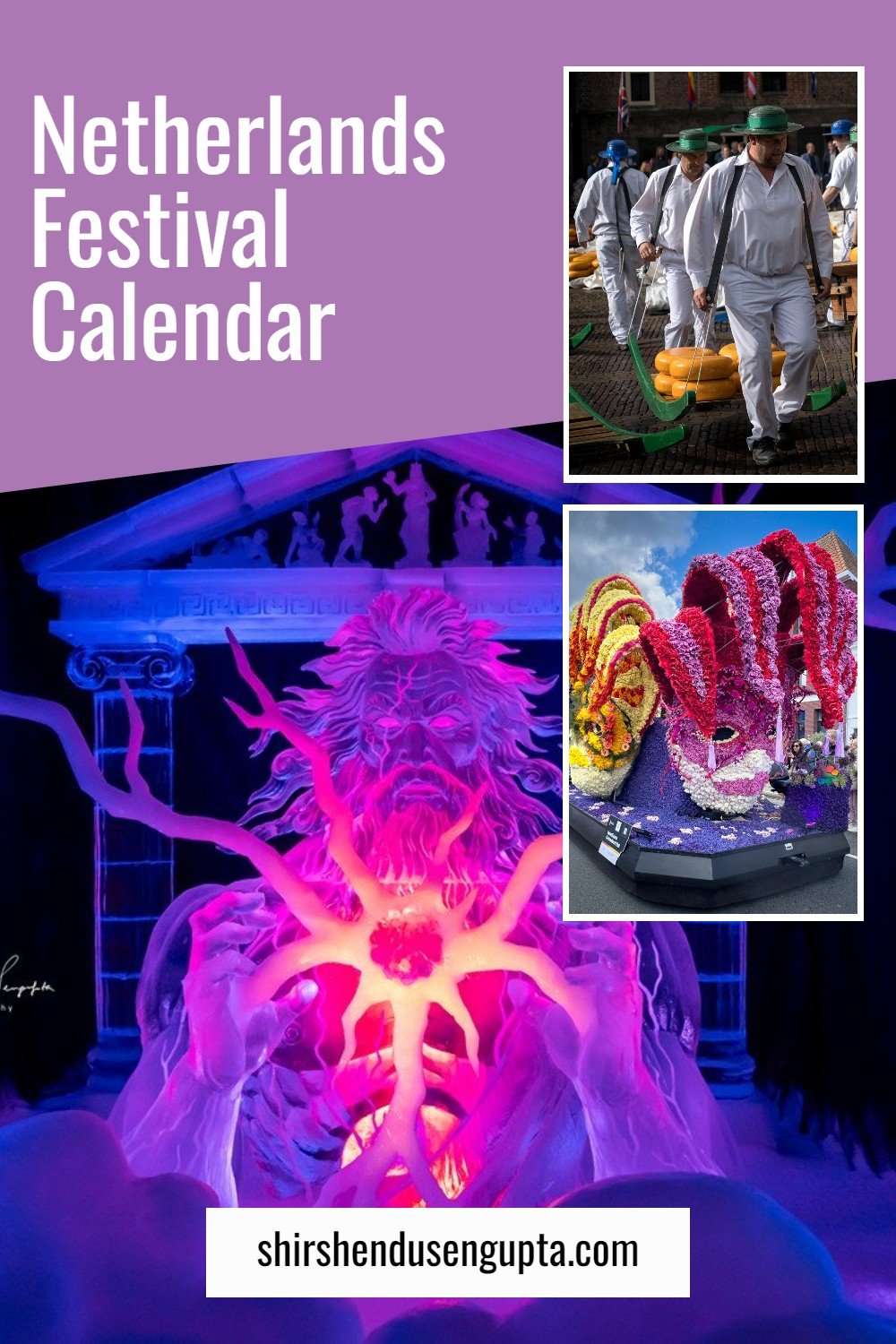








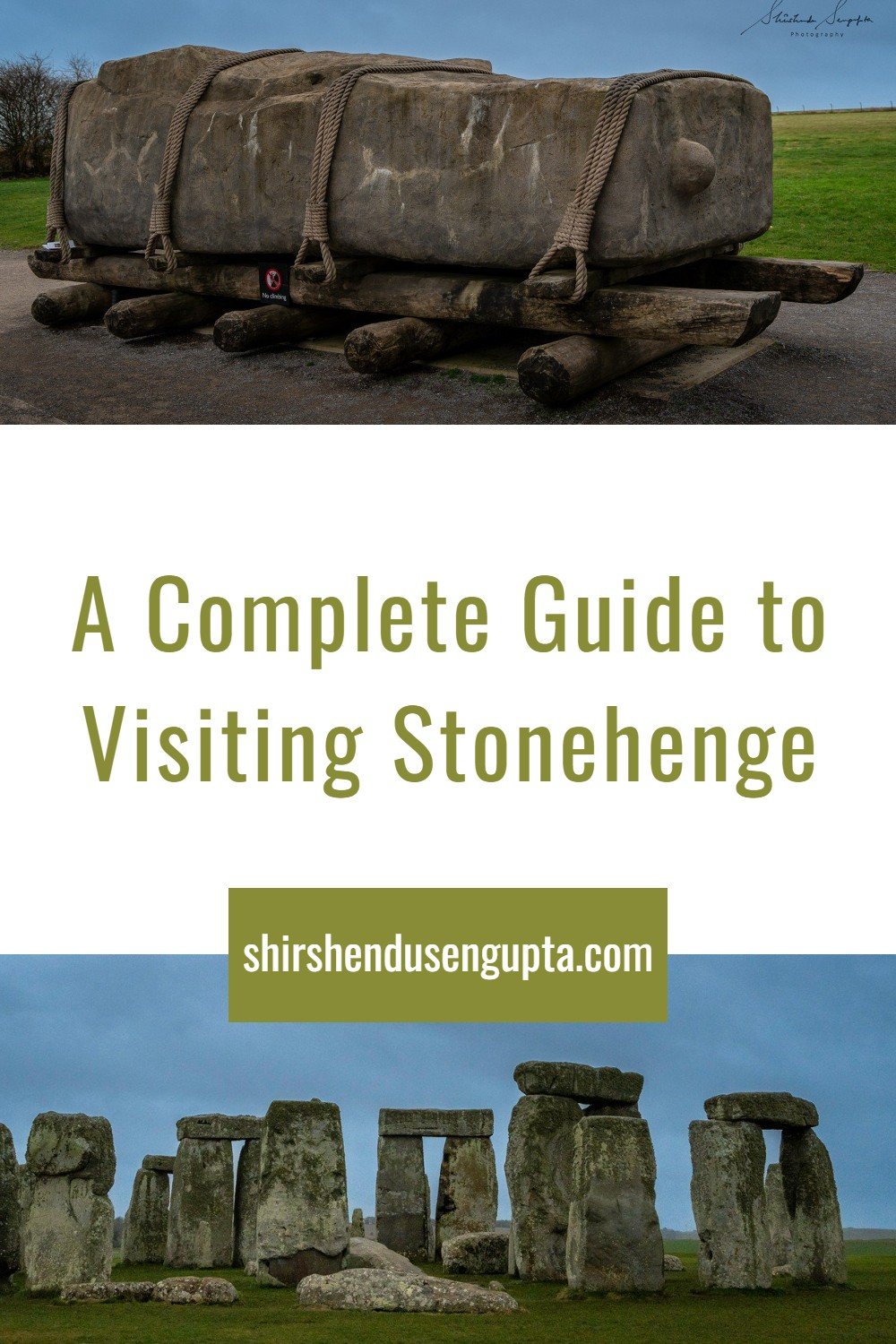
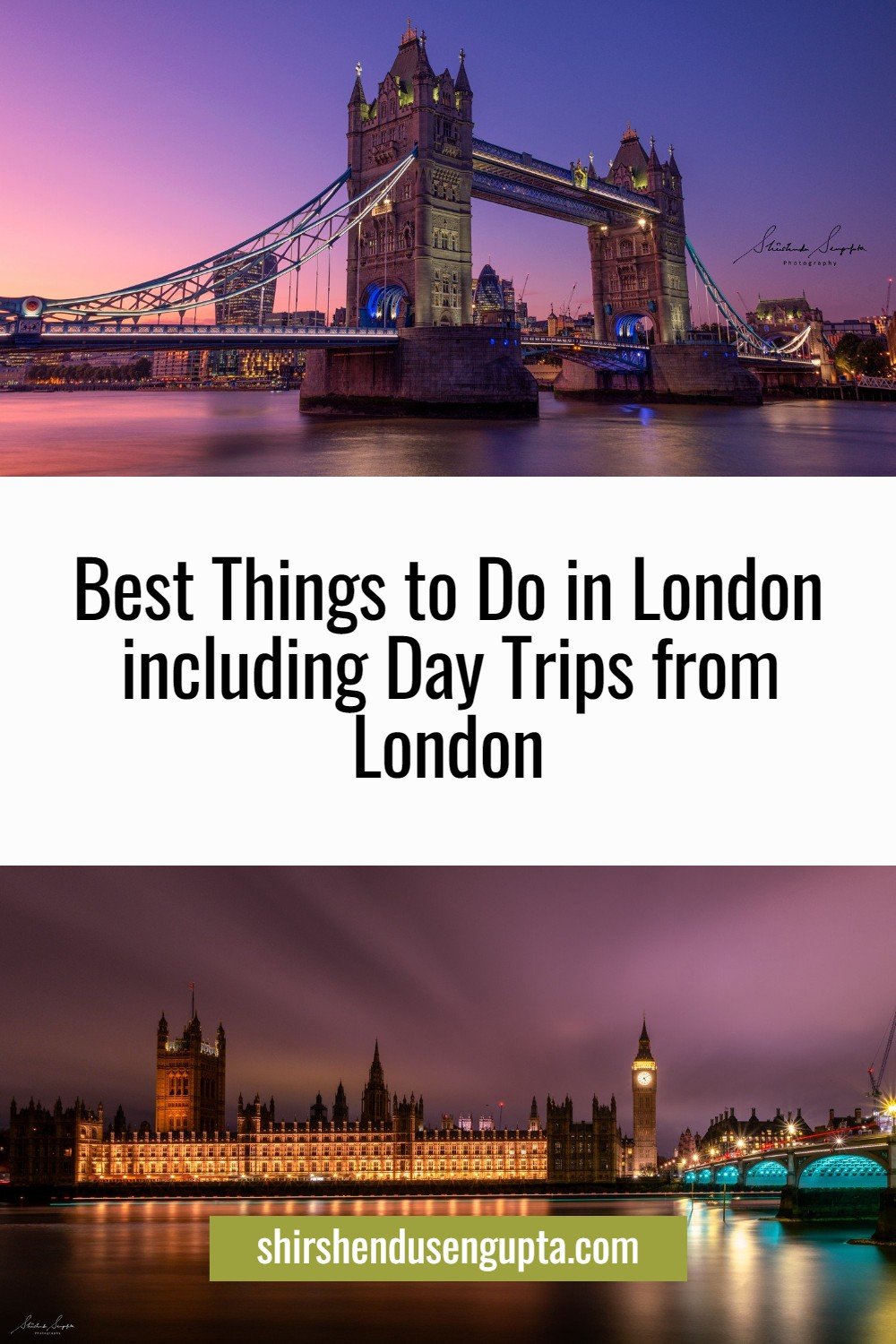
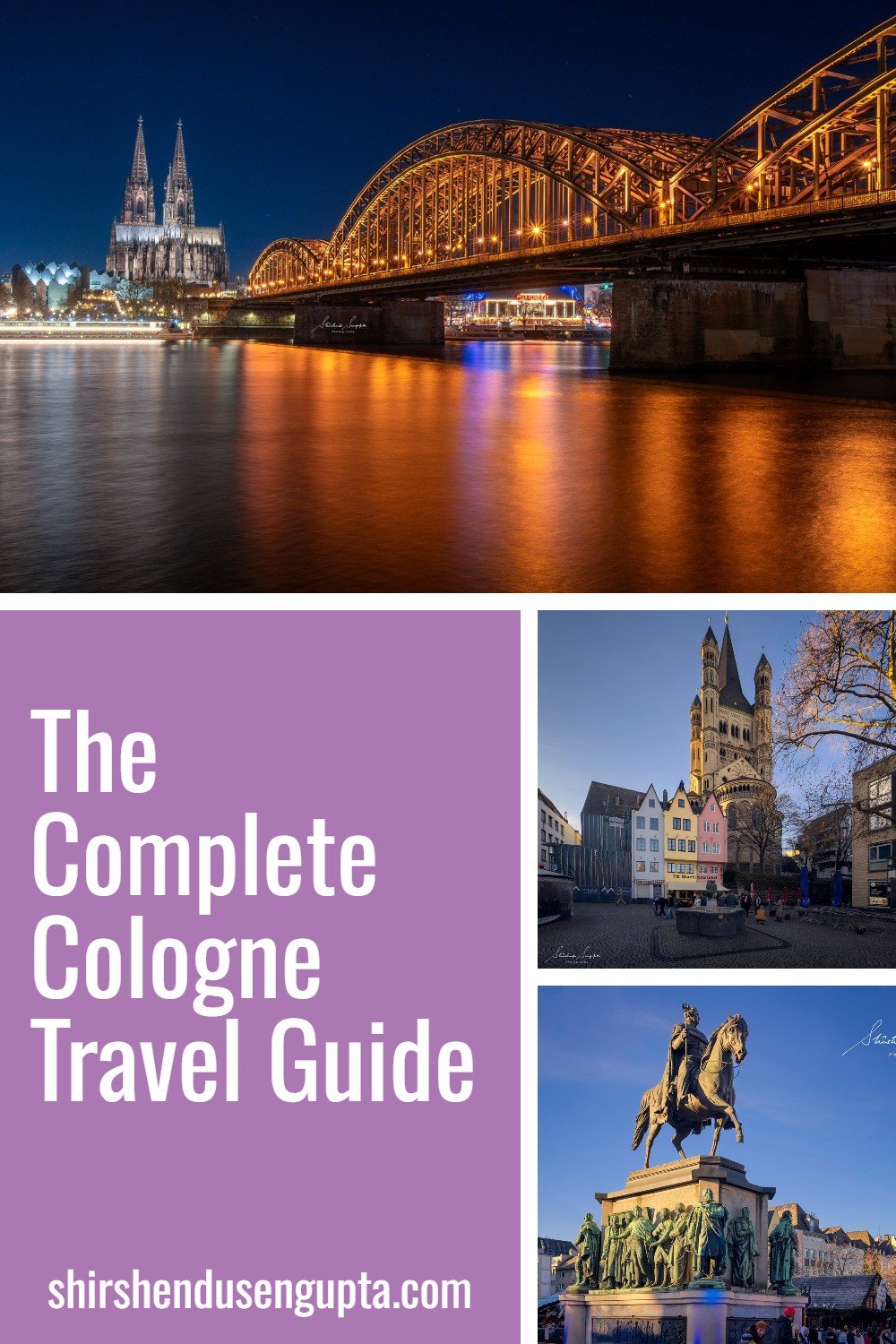

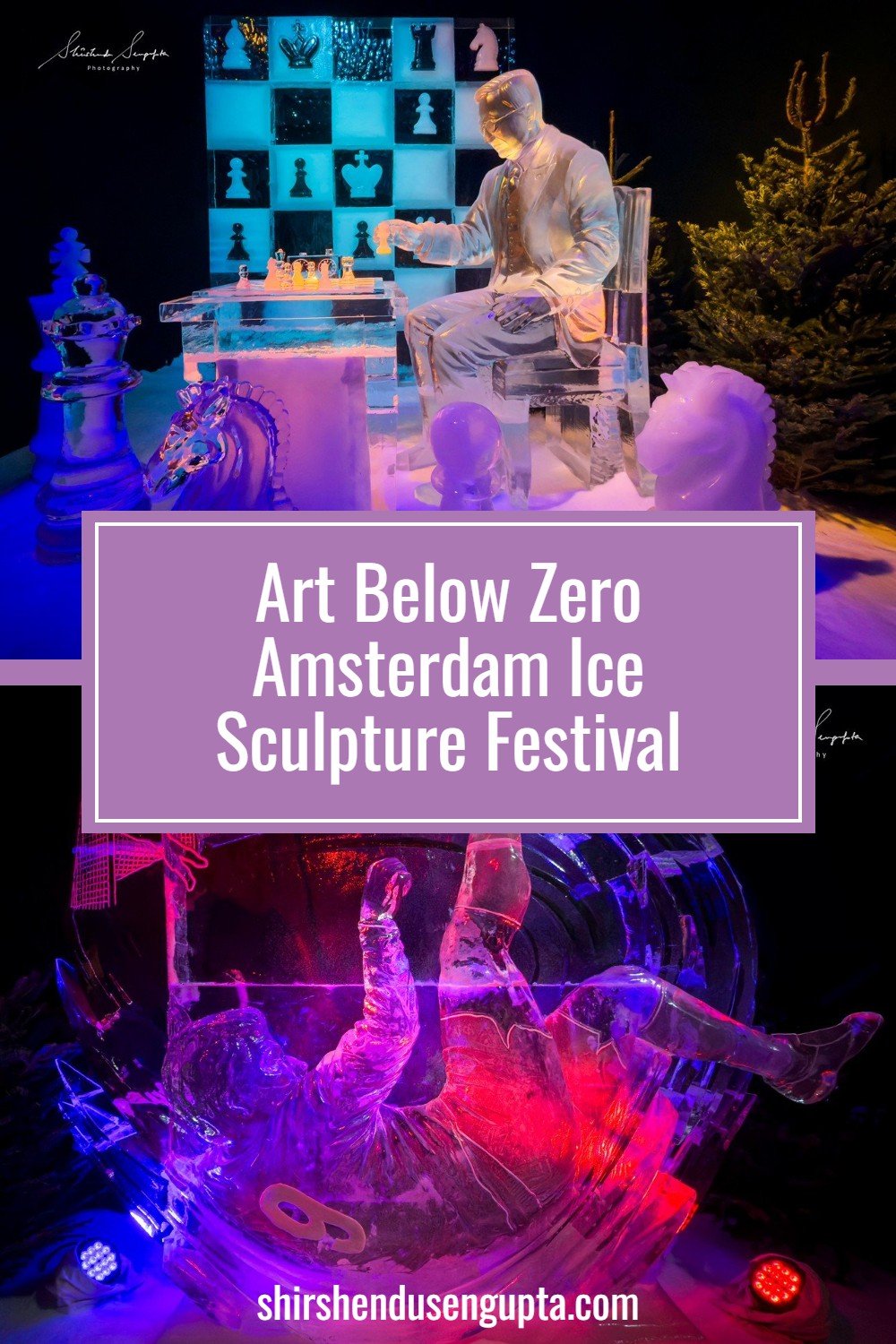
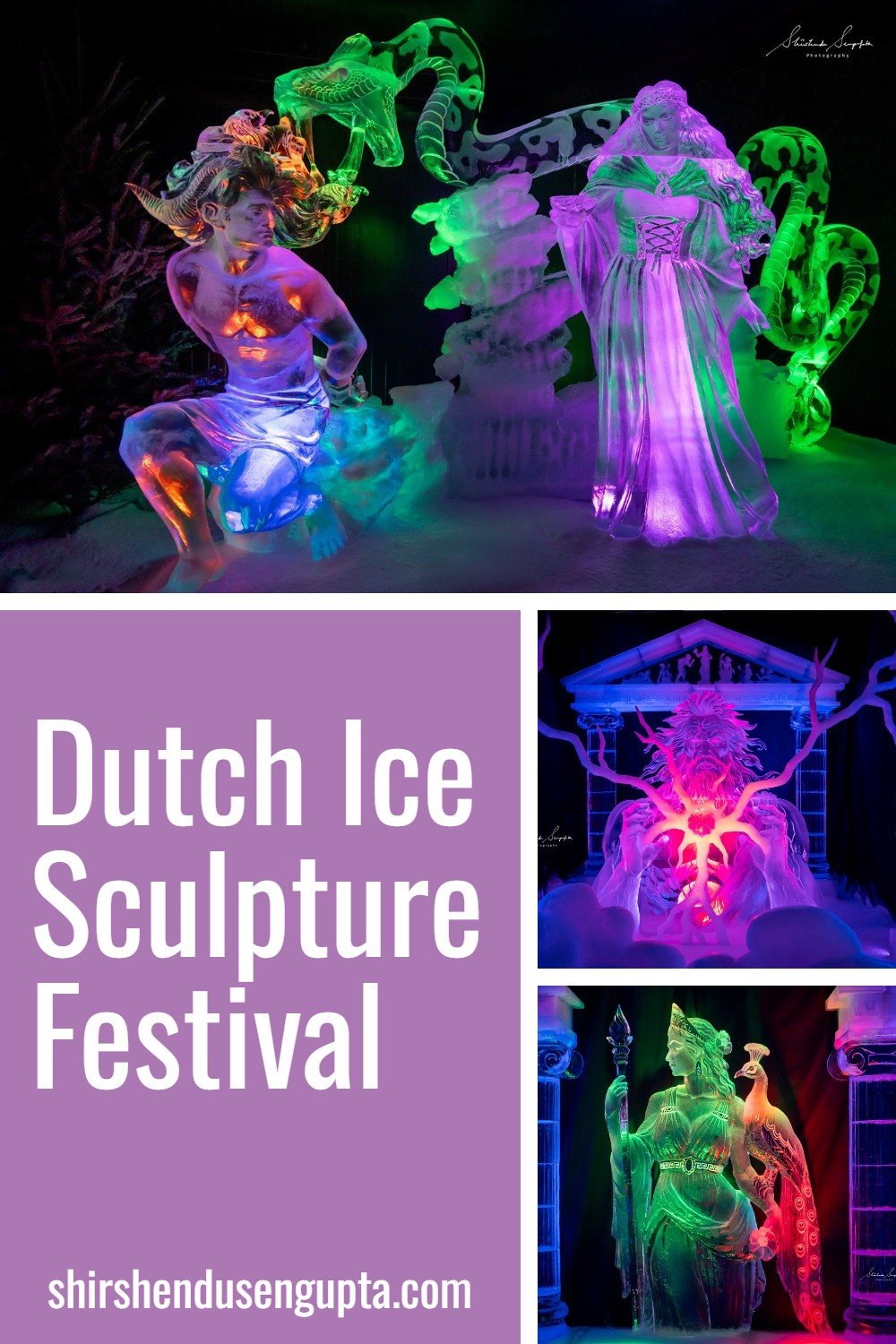

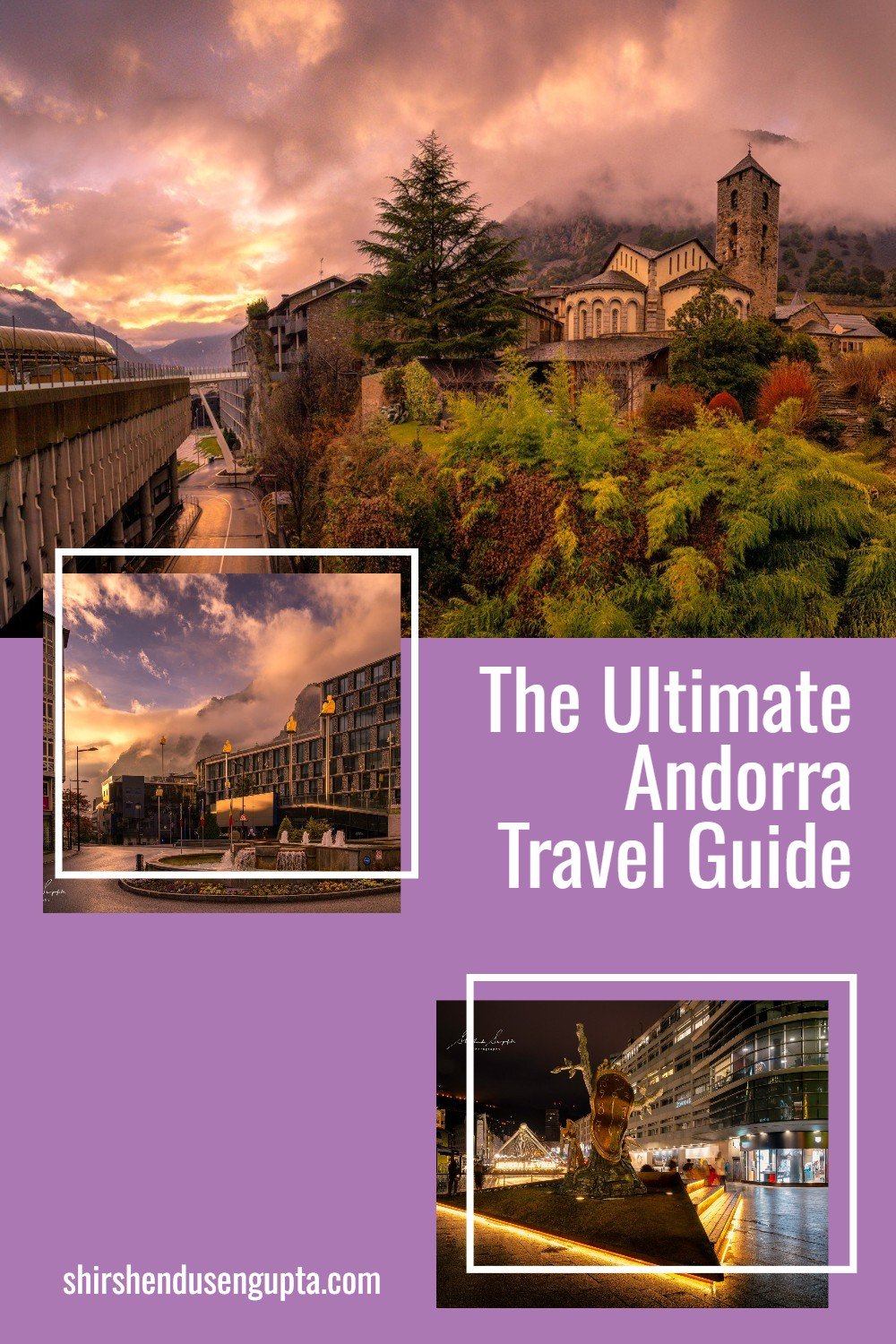
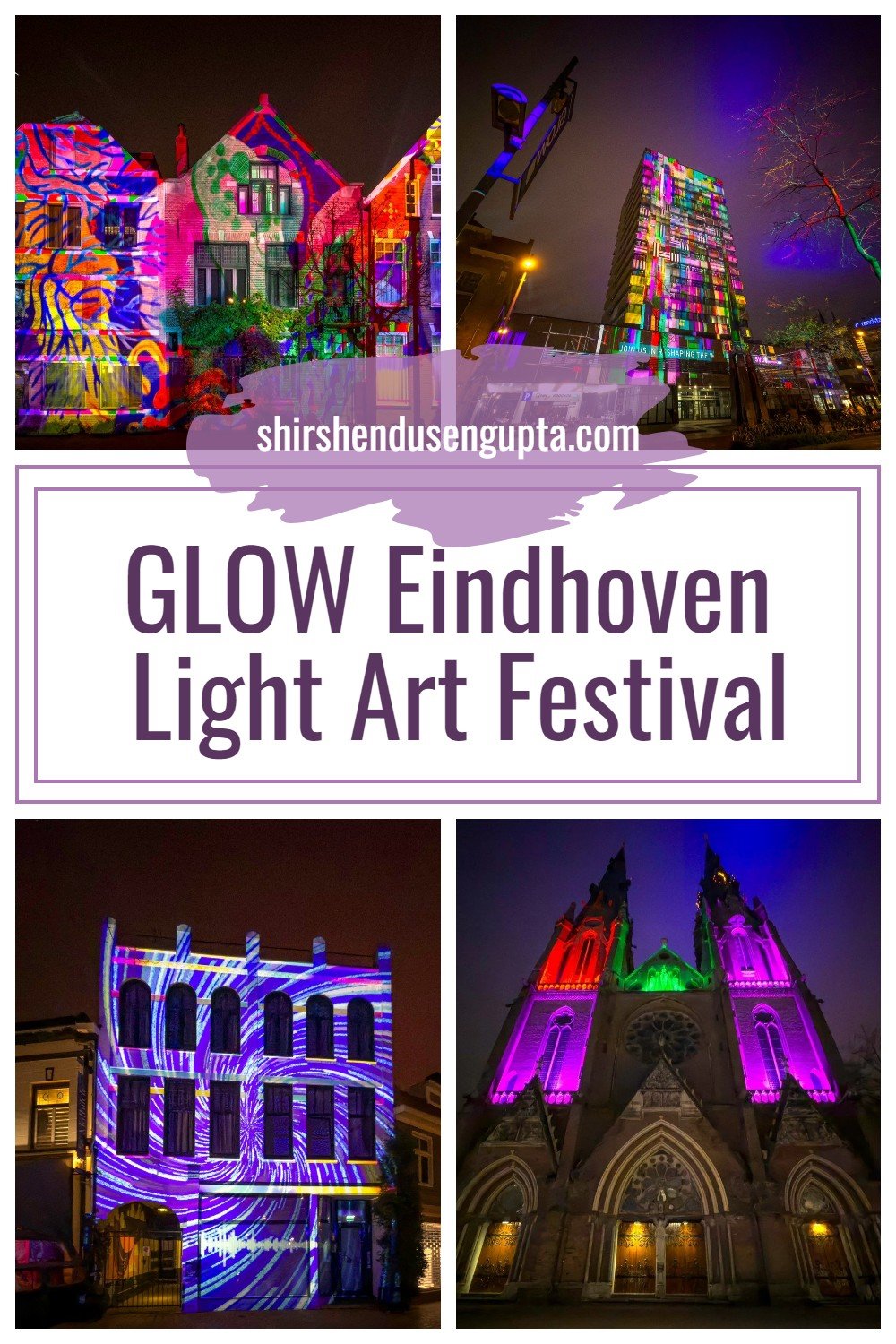
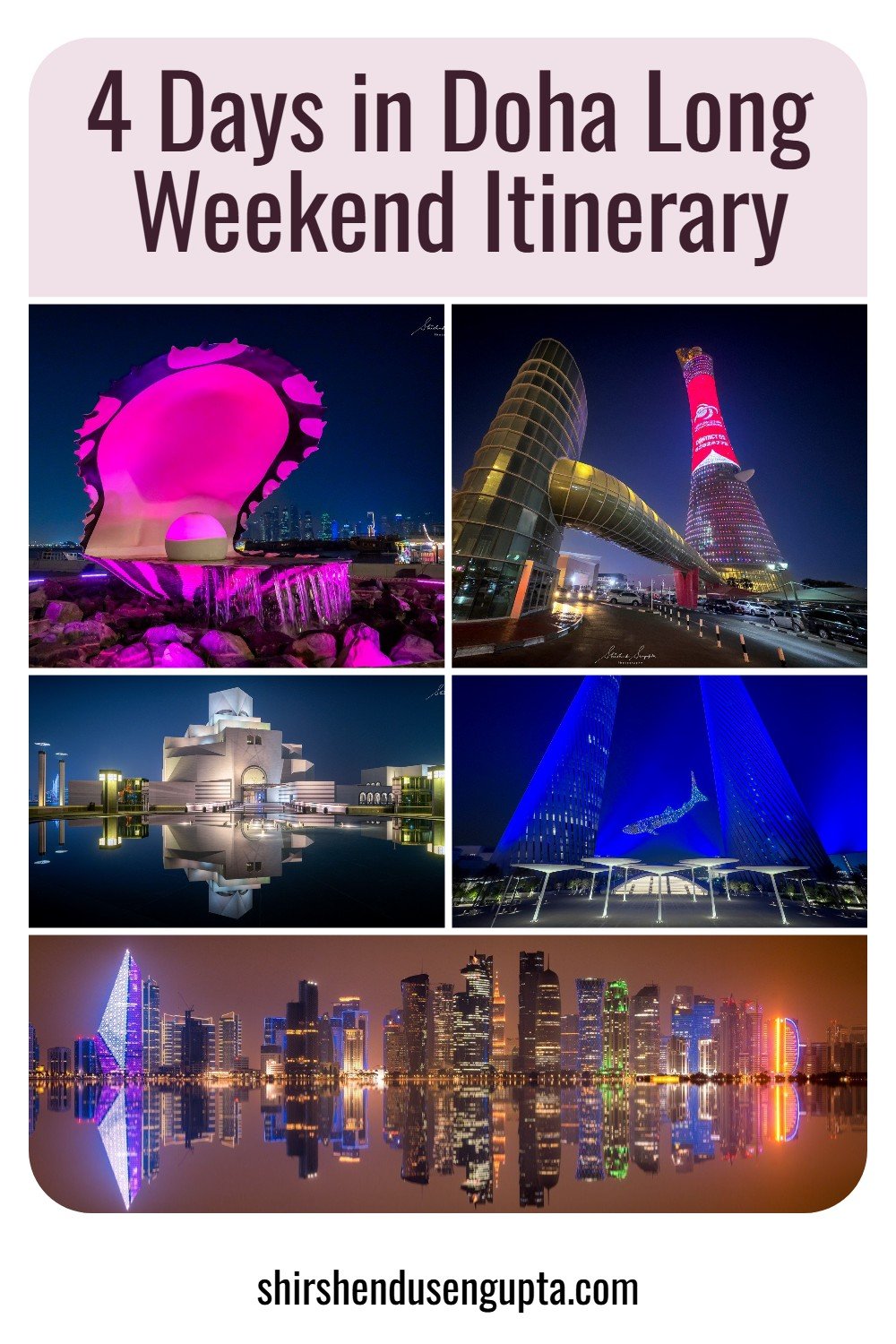
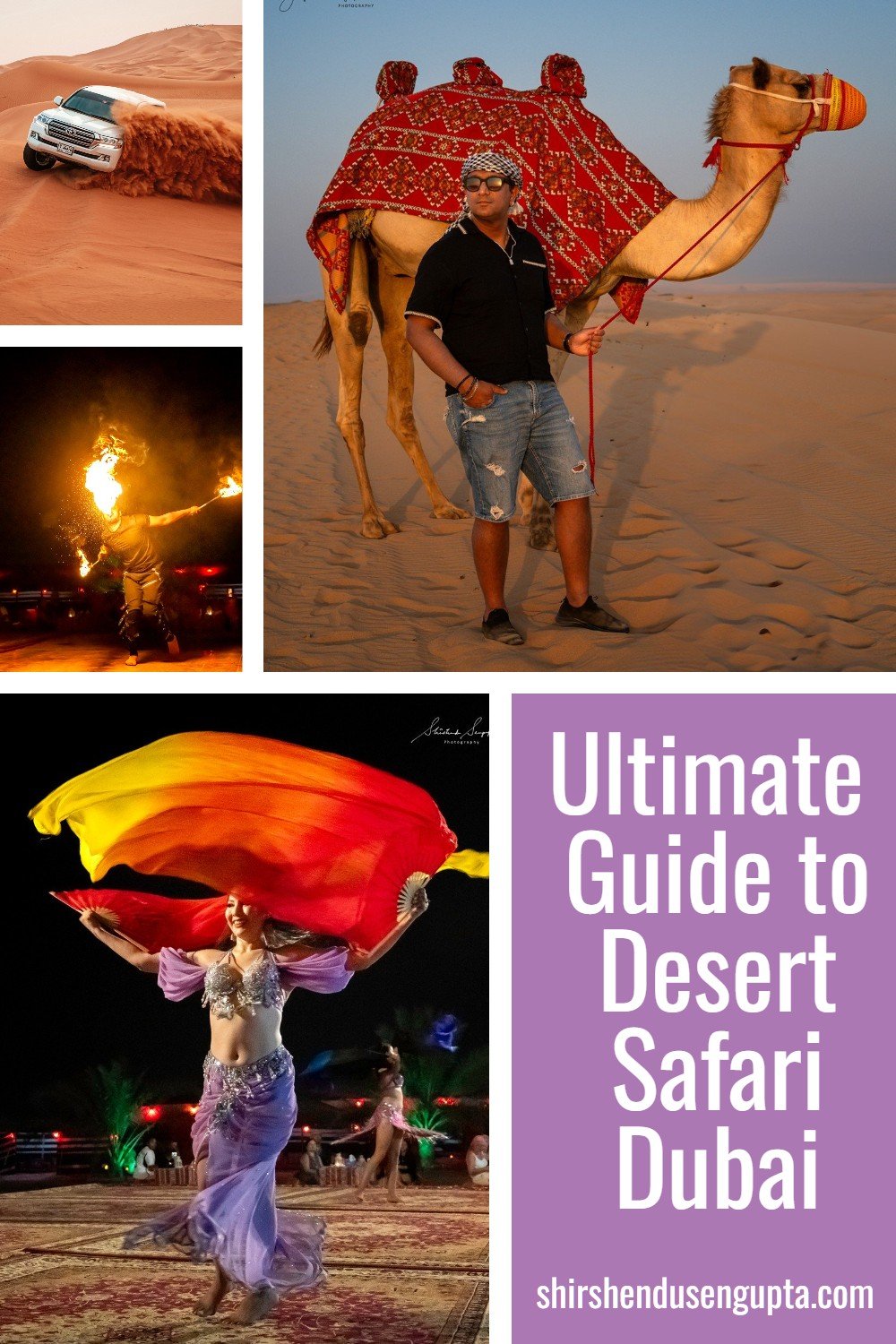
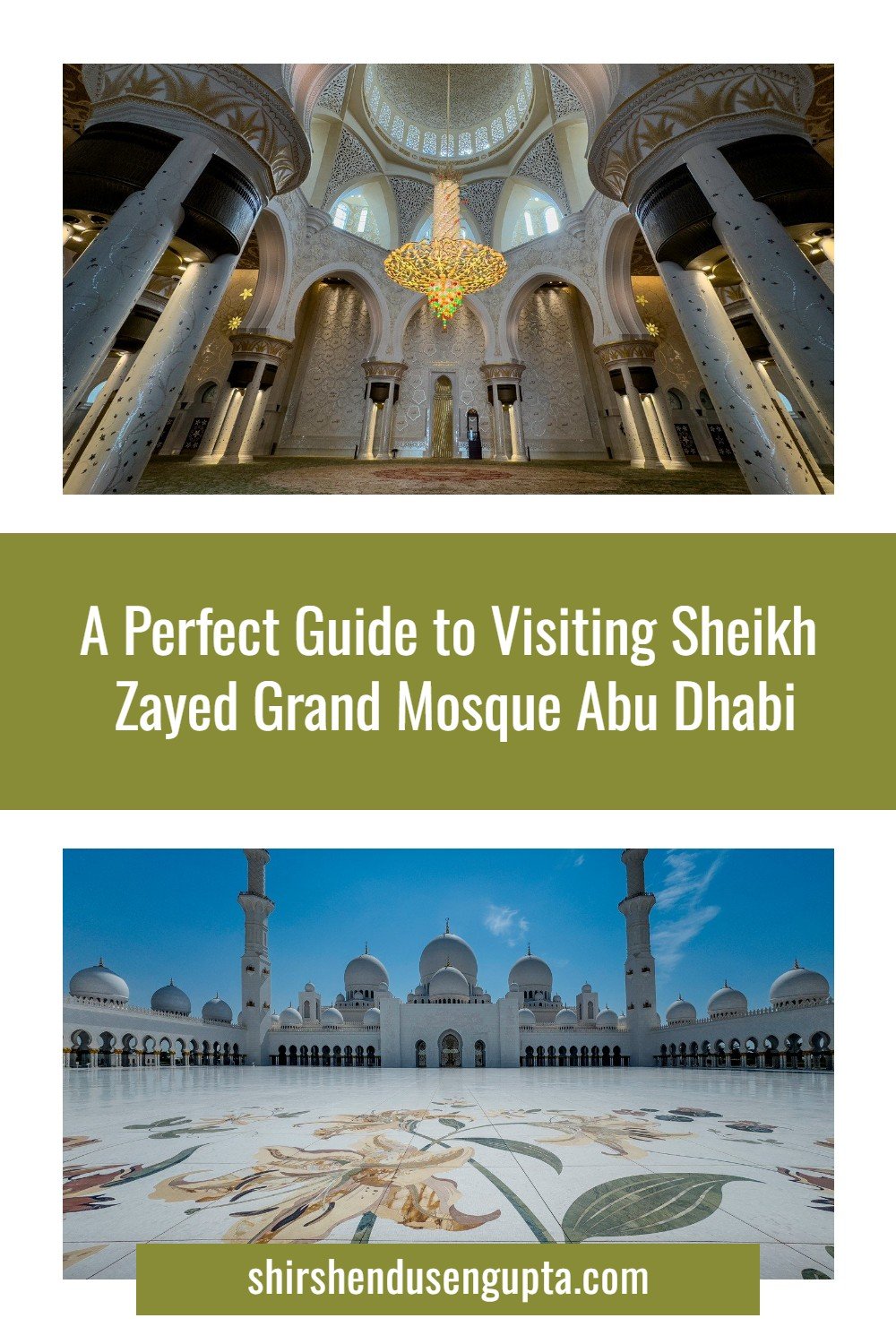

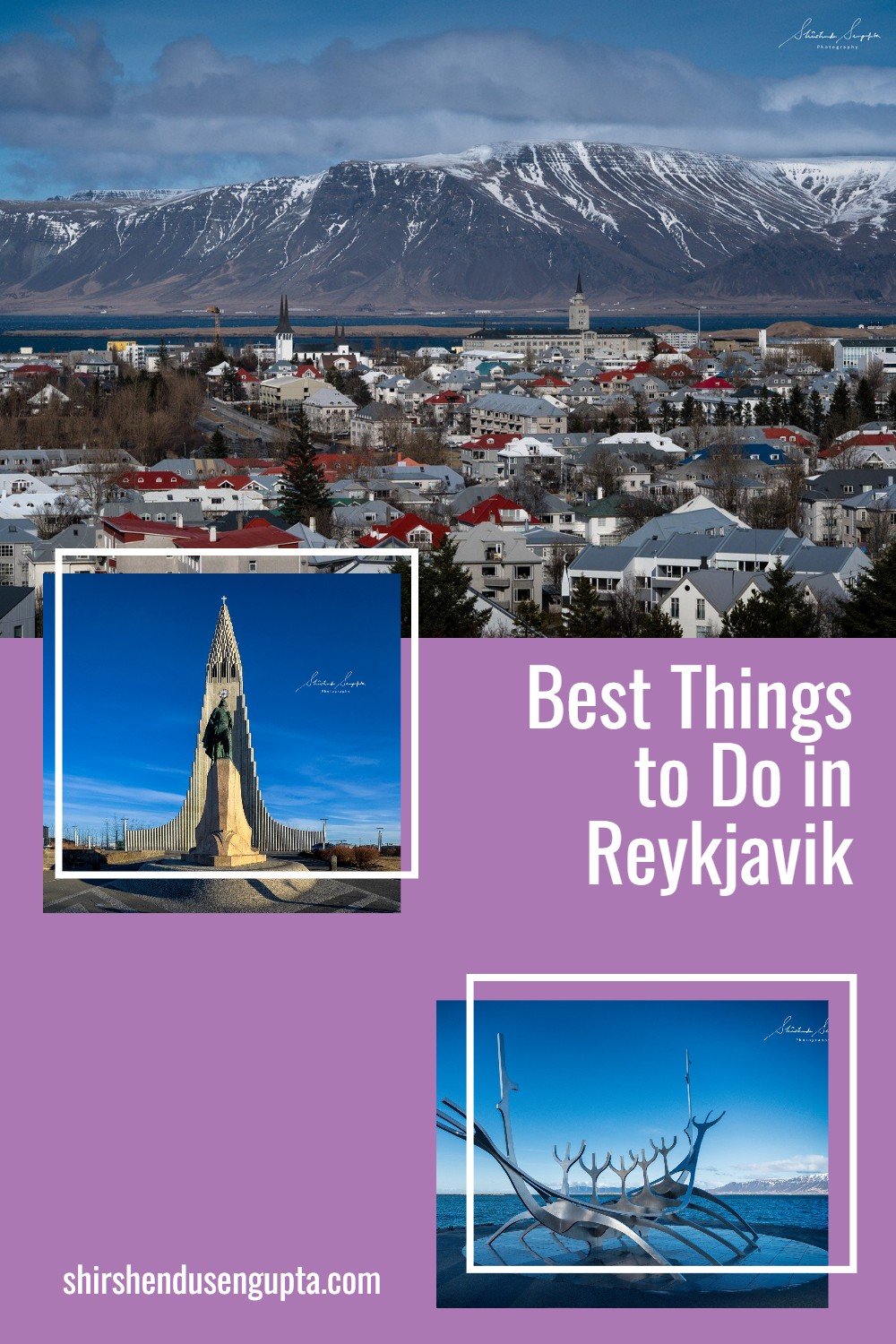
Chefchaouen, dubbed as the ‘Blue City of Morocco,’ is a picturesque town nestled in the Rif Mountains of northern Morocco. It is a haven for photographers, artists, and seekers of serenity. What truly sets it apart is its iconic blue palette. Painted in calming shades of sky, azure, and indigo, the town’s medina is a maze of narrow alleyways, staircases, and doorways drenched in layers of blue. With a slow pace, friendly locals, artisanal handicrafts, and unmatched scenery, Chefchaouen is more than a destination - it’s an experience carved in cobalt and tranquility.